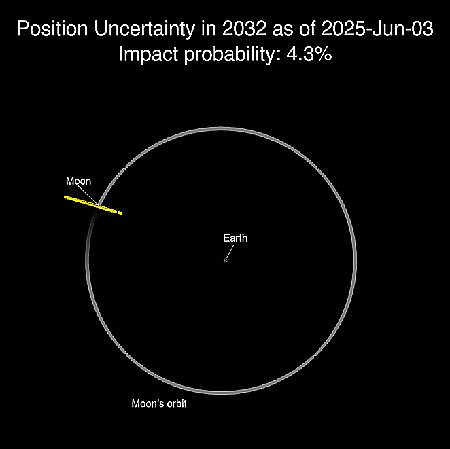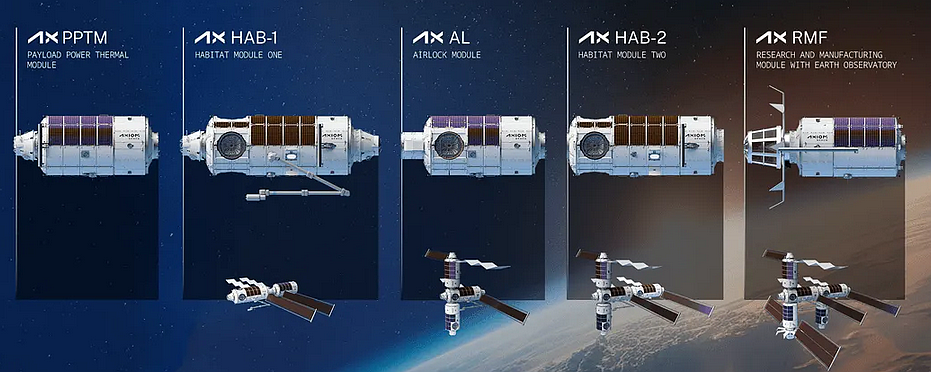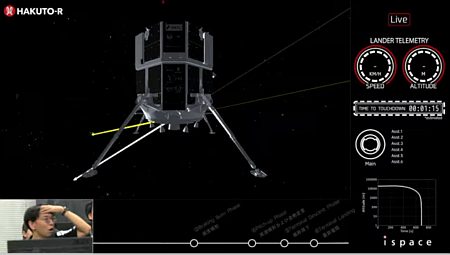Scientists increase the odds asteroid 2024 YR4 will impact the Moon in 2032
Using additional data obtained by the Webb Space Telescope, scientists have now refined the orbit of potentially dangerous asteroid 2024 YR4 and confirmed that while it will almost certainly not hit the Earth in 2032, the odds of it impacting the Moon have increased.
With the additional data, experts from NASA’s Center for Near-Earth Object Studies at the agency’s Jet Propulsion Laboratory in Southern California further refined the asteroid’s orbit. The Webb data improved our knowledge of where the asteroid will be on Dec. 22, 2032, by nearly 20%. As a result, the asteroid’s probability of impacting the Moon has slightly increased from 3.8% to 4.3%. In the small chance that the asteroid were to impact, it would not alter the Moon’s orbit.
The yellow line in the image to the right shows the present range of positions the asteroid could be in as it passes the Moon on that date. It is expected this range will be narrowed further when the asteroid flies past the Earth harmlessly in 2028.
If the asteroid should hit the Moon, the impact will provide scientists a great opportunity to learn more about asteroids and the Moon. If it should miss, it will then be essential to recalculate its orbit to see what will happen on later near approaches, whether the fly-by increased or decreased the chances of a later Earth impact.
Using additional data obtained by the Webb Space Telescope, scientists have now refined the orbit of potentially dangerous asteroid 2024 YR4 and confirmed that while it will almost certainly not hit the Earth in 2032, the odds of it impacting the Moon have increased.
With the additional data, experts from NASA’s Center for Near-Earth Object Studies at the agency’s Jet Propulsion Laboratory in Southern California further refined the asteroid’s orbit. The Webb data improved our knowledge of where the asteroid will be on Dec. 22, 2032, by nearly 20%. As a result, the asteroid’s probability of impacting the Moon has slightly increased from 3.8% to 4.3%. In the small chance that the asteroid were to impact, it would not alter the Moon’s orbit.
The yellow line in the image to the right shows the present range of positions the asteroid could be in as it passes the Moon on that date. It is expected this range will be narrowed further when the asteroid flies past the Earth harmlessly in 2028.
If the asteroid should hit the Moon, the impact will provide scientists a great opportunity to learn more about asteroids and the Moon. If it should miss, it will then be essential to recalculate its orbit to see what will happen on later near approaches, whether the fly-by increased or decreased the chances of a later Earth impact.













